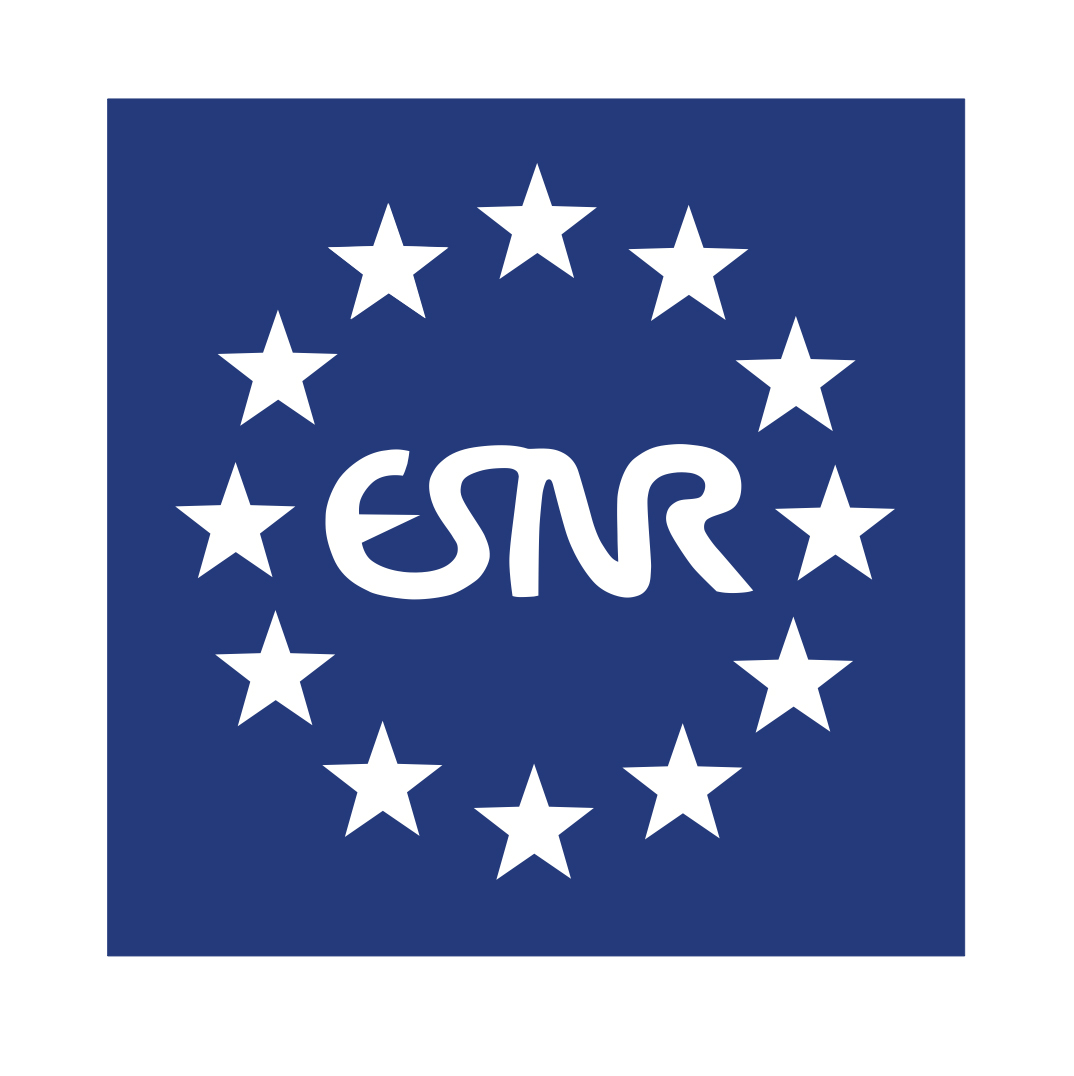Abstract
Phakomatoses represent a group of disorders that typically involve structures stemming from the embryonic ectoderm (central and peripheral nervous system, skin, eyes), but that may involve additional structures. Some phakomatoses are also referred to as neurocutaneous syndromes or neuro-oculo-cutaneous syndromes. Many of the phakomatoses are characterized by hamartomas, congenital malformations, or an increased susceptibility to develop benign or malignant tumors.
The most common phakomatoses are neurofibromatosis type 1, neurofibromatosis type 2, the tuberous sclerosis complex, von Hippel-Lindau syndrome, and Sturge-Weber syndrome. In addition, there are many less common phakomatoses, which will be touched upon briefly in this chapter.
Common features of neurofibromatosis type 1 include focal areas of signal abnormality (FASI) in children and adolescents, optic nerve and optic pathway gliomas, and neruofibromas. The hallmark feature of neurofibromatosis type 2 is vestibular schwannomas, even though schwannomas may be found in other cranial nerve and in spinal nerves as well. In addition, the incidences of meningiomas and brain stem and spinal cord ependymomas are increased. Neuroimaging in patients with tuberous sclerosis complex is characterized by cortical/subcortical tubers and subependymal nodules; patients may develop subependymal giant cell astrocytomas (SEGAs). Typical neuroimaging features of von Hippel-Lindau syndrome are hemangioblastomas; these are most commonly found in the cerebellum, but may also occur in the spinal cord and supratentorial brain. Patients are also at an increased risk to develop endolymphatic sac tumors. Sturge-Weber syndrome is an encephalotrigeminal angiomatosis. Neuroimaging features in infancy commonly include brain parenchymal swelling and accelerated myelination in the affected regions, in addition to leptomeningeal enhancement and hypertrophy of the choroid plexus. Later, “tram track-like” calcifications and parenchymal atrophy ensue.
Clinical neuroradiology plays a pivotal role in diagnosing and following-up patients with phakomatoses. The most relevant radiological technique is MRI, with CT only being used in exceptional cases. As the various disorders markedly differ, imaging protocols necessarily vary. Typically, neuroimaging of the brain includes axial FLAIR and T2-weighted sequences, diffusion weighted imaging and commonly T2*-weighted or SWI sequences. The decision whether or not to give Gadolinium-based contrast agents needs to be individually made and depends on the underlying disorder.

This publication is endorsed by: European Society of Neuroradiology (www.esnr.org).
Abbreviations
- 3D:
-
3-dimensional
- CNS:
-
Central Nervous System
- CT:
-
Computed Tomography
- DTI:
-
Diffusion Tensor Imaging
- DWI:
-
Diffusion Weighted Imaging
- ELST:
-
EndoLymphatic Sac Tumor
- FASI:
-
Focal Area of Signal Intensity
- FCD:
-
Focal Cortical Dysplasia
- LAM:
-
LymphAngioleioMyomatosis
- MPNST:
-
Malignant Peripheral Nerve Sheath Tumor
- MRI:
-
Magnetic Resonance Imaging
- MRS:
-
Magnetic Resonance Spectroscopy
- NF1:
-
Neurofibromatosis Type 1
- NF2:
-
Neurofibromatosis Type 2
- NIH:
-
National Institutes of Health
- SEGA:
-
Subependymal Giant Cell Astrocytoma
- SWI:
-
Susceptibility Weighted Imaging
- TSC:
-
Tuberous Sclerosis Complex
- VHL:
-
von Hippel-Lindau Syndrome
- WHO:
-
World Health Organisation
References
Chittiboina P, Lonser RR. Von Hippel-Lindau disease. Handb Clin Neurol. 2015;132:139–56.
Crist J, Hodge JR, Frick M, Leung FP, Hsu E, Gi MT, Venkatesh SK. Magnetic resonance imaging appearance of schwannomas from head to toe: a pictorial review. J Clin Imaging Sci. 2017;7:38.
Evans DG. Neurofibromatosis type 2. Handb Clin Neurol. 2015;132:87–96.
Guillamo JS, Creange A, Kalifa C, Grill J, Rodriguez D, Doz F, Barbarot S, Zerah M, Sanson M, Bastuji-Garin S, Wolkenstein P, Reseau NFF. Prognostic factors of CNS tumours in neurofibromatosis 1 (NF1): a retrospective study of 104 patients. Brain. 2003;126(Pt 1):152–60.
Happle R. The group of epidermal nevus syndromes Part I. Well defined phenotypes. J Am Acad Dermatol. 2010;63(1):1–22; quiz 23-24.
John AM, Schwartz RA. Basal cell naevus syndrome: an update on genetics and treatment. Br J Dermatol. 2016;174(1):68–76.
Lin AW, Krings T. Characteristic imaging findings in encephalocraniocutaneous lipomatosis. Neurology. 2015;84(13):1384–5.
Lin DD, Barker PB, Lederman HM, Crawford TO. Cerebral abnormalities in adults with ataxia-telangiectasia. AJNR Am J Neuroradiol. 2014;35(1):119–23.
Lo W, Marchuk DA, Ball KL, Juhasz C, Jordan LC, Ewen JB, Comi A, Brain Vascular Malformation Consortium National Sturge-Weber Syndrome. Updates and future horizons on the understanding, diagnosis, and treatment of Sturge-Weber syndrome brain involvement. Dev Med Child Neurol. 2012;54(3):214–23.
Maloney E, Stanescu AL, Perez FA, Iyer RS, Otto RK, Leary S, Steuten L, Phipps AI, Shaw DWW. Surveillance magnetic resonance imaging for isolated optic pathway gliomas: is gadolinium necessary? Pediatr Radiol. 2018;48(10):1472–84.
Mester J, Eng C. Cowden syndrome: recognizing and managing a not-so-rare hereditary cancer syndrome. J Surg Oncol. 2015;111(1):125–30.
Reilly KM, Kim A, Blakely J, Ferner RE, Gutmann DH, Legius E, Miettinen MM, Randall RL, Ratner N, Jumbe NL, Bakker A, Viskochil D, Widemann BC, Stewart DR. Neurofibromatosis type 1-associated MPNST state of the science: outlining a research agenda for the future. J Natl Cancer Inst. 2017;109(8):1–6.
Shirley MD, Tang H, Gallione CJ, Baugher JD, Frelin LP, Cohen B, North PE, Marchuk DA, Comi AM, Pevsner J. Sturge-Weber syndrome and port-wine stains caused by somatic mutation in GNAQ. N Engl J Med. 2013;368(21):1971–9.
Smith AB, Rushing EJ, Smirniotopoulos JG. Pigmented lesions of the central nervous system: radiologic-pathologic correlation. Radiographics. 2009;29(5):1503–24.
Soltirovska Salamon A, Lichtenbelt K, Cowan FM, Casaer A, Dudink J, Dereymaeker A, Paro-Panjan D, Groenendaal F, de Vries LS. Clinical presentation and spectrum of neuroimaging findings in newborn infants with incontinentia pigmenti. Dev Med Child Neurol. 2016;58(10):1076–84.
Umeoka S, Koyama T, Miki Y, Akai M, Tsutsui K, Togashi K. Pictorial review of tuberous sclerosis in various organs. Radiographics. 2008;28(7):e32.
Varshney N, Kebede AA, Owusu-Dapaah H, Lather J, Kaushik M, Bhullar JS. A review of Von Hippel-Lindau syndrome. J Kidney Cancer VHL. 2017;4(3):20–9.
Author information
Authors and Affiliations
Corresponding author
Editor information
Editors and Affiliations
Section Editor information
Rights and permissions
Copyright information
© 2019 Springer Nature Switzerland AG
About this entry
Cite this entry
Pfahler, V., Ertl-Wagner, B. (2019). Phakomatoses. In: Barkhof, F., Jager, R., Thurnher, M., Rovira Cañellas, A. (eds) Clinical Neuroradiology. Springer, Cham. https://doi.org/10.1007/978-3-319-61423-6_34-1
Download citation
DOI: https://doi.org/10.1007/978-3-319-61423-6_34-1
Received:
Accepted:
Published:
Publisher Name: Springer, Cham
Print ISBN: 978-3-319-61423-6
Online ISBN: 978-3-319-61423-6
eBook Packages: Springer Reference MedicineReference Module Medicine


